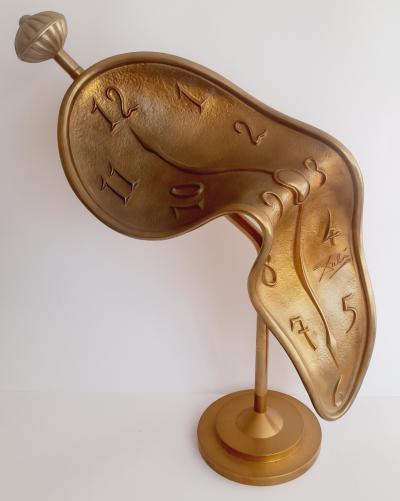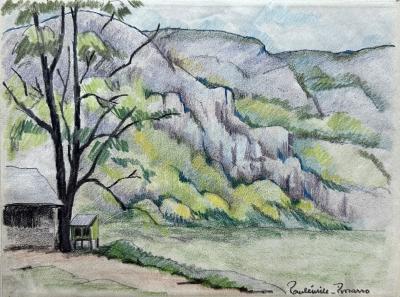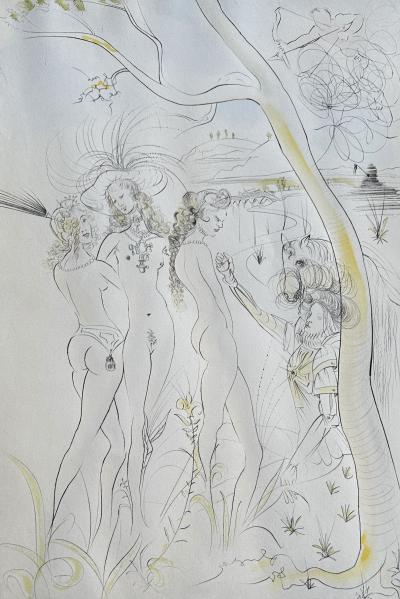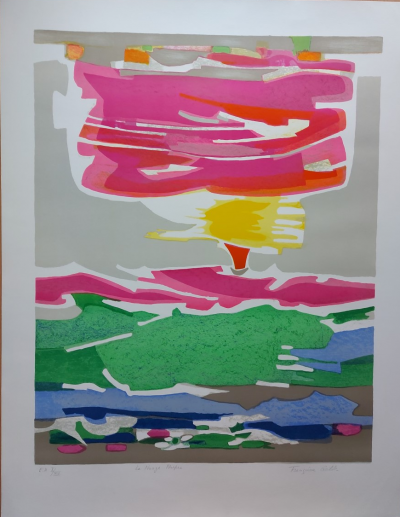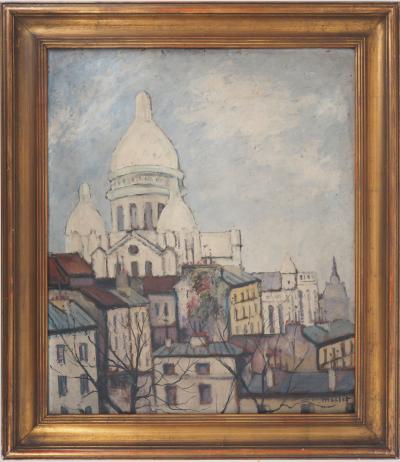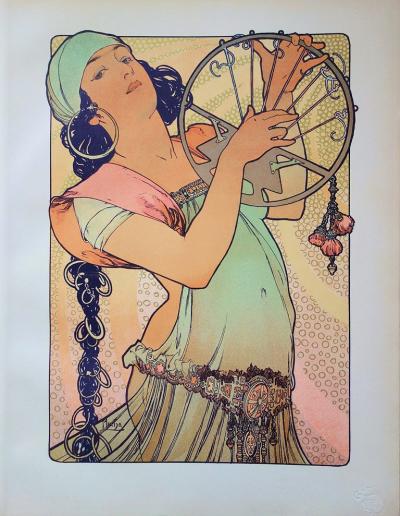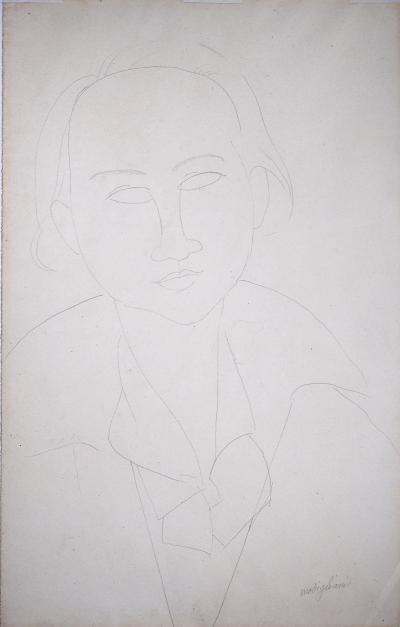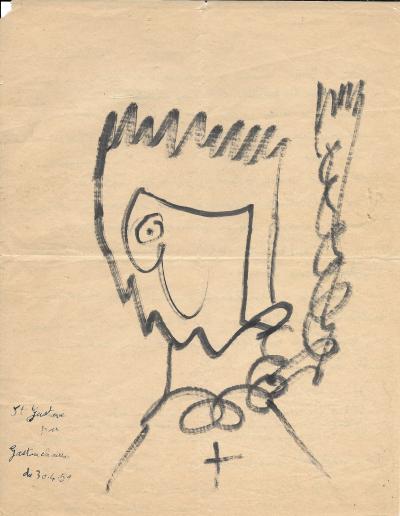Engravings, drawings and paintings by Charles Lapicque (1898-1988), a french painter of the Nouvelle École de Paris. His works between 1939 and 1943 are considered as crucial for the development of the non-figurative painting in the 1950's, for the Pop Art movement, narrative figuration and
Engravings, drawings and paintings by Charles Lapicque (1898-1988), a french painter of the Nouvelle École de Paris. His works between 1939 and 1943 are considered as crucial for the development of the non-figurative painting in the 1950's, for the Pop Art movement, narrative figuration and figuration libre. Charles Lapicque studied engineering, and used to paint landscape and marines in the weekend. In 1928, he gave up his engineer career to dedicated himself to painting. In 1929 he had his first personal exhibition at the Galerie Jeanne Bucher. He then resumed his studes at the Faculté des sciences de Paris, and started a thesis about the "eye optique and the outlines vision" ("l'optique de l'œil et la vision des contours"). He focused his research on the perception of colours, which led him to overthrow the classi rule of colours spreading out in space, observing that blue is the color of what is close, and red is the colour of what is far.
He was called up at the Centre national de la recherche scientifique à Toulouse, and worked starting from 1939 with Antoine de Saint-Exupéry on night vision and camouflage. His paintings on the eve of the 1940's are directly at the origin of non-figurative construction, which appeared in the following years, through Jean Bazaine, Jean Le Moal, Alfred Manessier or Gustave Singier. In 1941 he participated to the exhibition "Vingt jeunes peintres de tradition française", the first avant-garde exhibition during Occupation, when in the meantime nazis were condemning "degenerate art". In 1943, he definitively dedicated his life to painting.
He and his wife Aline hid jews during the War. In 1944 he painted several canvases for the Liberation of Paris.
According to Jean Guichard-Meili, « his work has in contemporary french art a crucial place. His progress against the tide ensured him originality (...). His maritime vocation, and numerous paintings of the years 1939-1940 (Figures armées, Le port de Loguivy, Jeanne d'Arc traversant la Loire, Sainte-Catherine de Fierbois, etc.) have the same role as the "Demoiselles d'Avignon" and the landscapes of Horto and Hebro in the cubist adventure of the beginning of the century."
Lire plusLire moins
